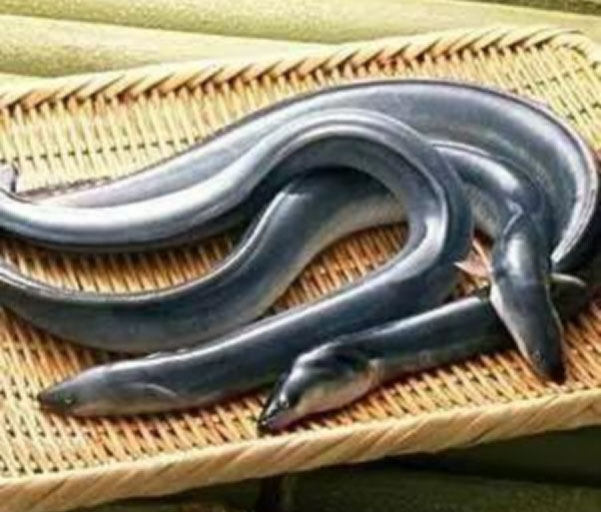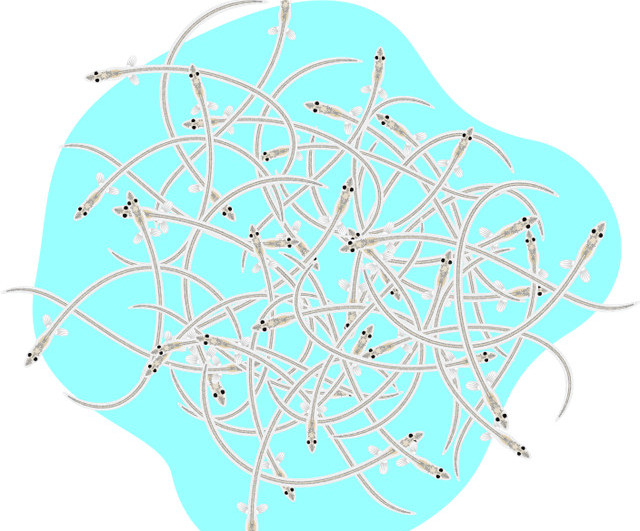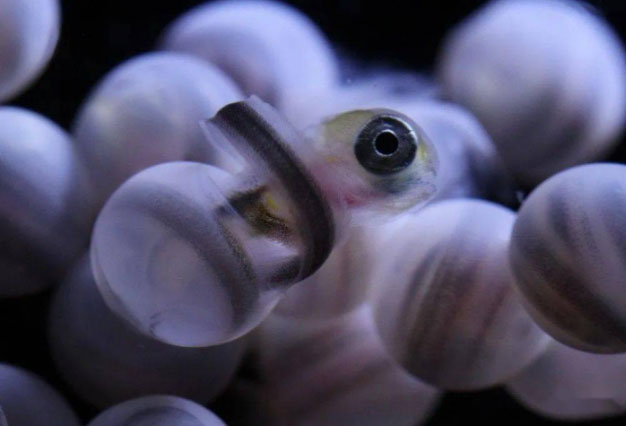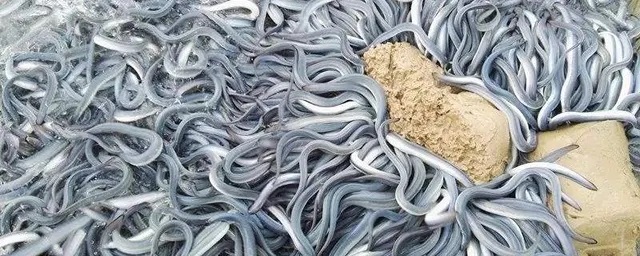If you're wondering where do eels come from, you've come to the right place. In this article we'll cover the basics of the species' lifecycle, where they come from, how they reproduce, and what they eat. There's a lot to know about this fascinating creature. Keep reading to discover more! If you love fish, you'll also enjoy this article about eels.

Adult eels live in freshwater habitats, eating various types of prey. They can live in freshwater for up to 50 years, before returning to their place of origin in the Sargasso Sea to reproduce. Eels undergo a complete transformation from their juvenile state to their mature form, which includes the development of reproductive structures. Early European scientists were unable to see eels in this form, so they are often referred to as silver eels.

The decline of eel populations in coastal areas is attributed to changes to their habitat. Dams and turbines constructed on rivers have slowed their migration, and many have become a major barrier to eel reproduction. Because fewer obstacles are present, populations in coastal locations tend to do better than those in inland regions. A recent study of eel populations in the Sargasso Sea found that a parasite called gillworm may be affecting them.

American eels are catadromous and are born in the Atlantic Ocean and raised in the Sargasso Sea. Their populations reproduce at the same time as European Eels. After spawning, adults are assumed to die. Baby eels, which look like willow tree leaves, begin their journey back to land via ocean currents. These eels are non-venomous, but they can be a threat to humans if provoked or threatened.
Freshwater eels migrate thousands of miles to the Sargasso Sea where they spawn. This process involves external fertilization, which means the female eel releases millions of eggs into the water, where they are fertilized by male sperm. Once fertilized, the female dies. This process has long fascinated scientists, and the process remains a mystery. Researchers have studied eels since ancient Greece, and are still working to learn more about this fascinating animal.

To ensure successful mating and external fertilization, eels must meet in the ocean. Studies suggest that the Mid-Atlantic ridge may be a suitable location for mating. The ridge is thought to contain geomagnetic anomalies, unusual topographic features, and varying chemical compositions. There have been observations of hydrothermal vents along this region, and these chemical elements may serve as ideal spawning grounds.
Historical surveys of eels have focused on the spawning grounds of adult Atlantic eels in the Sargasso Sea, but larval distributions were not included. However, a novel scenario based on a global theory of spawning ecology, involving the eels' reproductive biology, has been suggested. A favorable spawning site, which extends eastward from the Sargasso Sea, is located at the intersection of oceanic fronts and the Mid-Atlantic ridge. Incorporating ocean circulation models and a 3D particle-tracking method, researchers confirmed this location to be an optimal spawning area.
You might be wondering, what do eels eat? Eels live in both saltwater and freshwater environments and are carnivorous animals. They eat a variety of invertebrates and crustaceans and will occasionally eat smaller fish. Freshwater eels also eat small fish and can sometimes even eat meat. For feeding purposes, you can provide live shrimp, small fish, and other animals that eels can eat.

Electric eels are carnivorous, which means they eat live foods. These fish are top predators in their habitat, using their electrical ability to locate their prey and sometimes cannibalize their own kind. Typically, electric eels feed on other fish and invertebrates, such as shrimp, crustaceans, and snails. Freshwater eels also eat worms, small fish, and baited lines.
In addition to meat, eels also consume invertebrates and brine shrimp. Some species of eels will also eat brine shrimp, small fish, and earthworms. Some eels are prone to rejecting human foods, and may only eat them once or twice a week. For these reasons, feeding eels regularly is crucial. For example, if you feed your eels once a day, they'll eat more than once. Moreover, they may even need additional items in their aquarium to avoid becoming sick or malnourished.